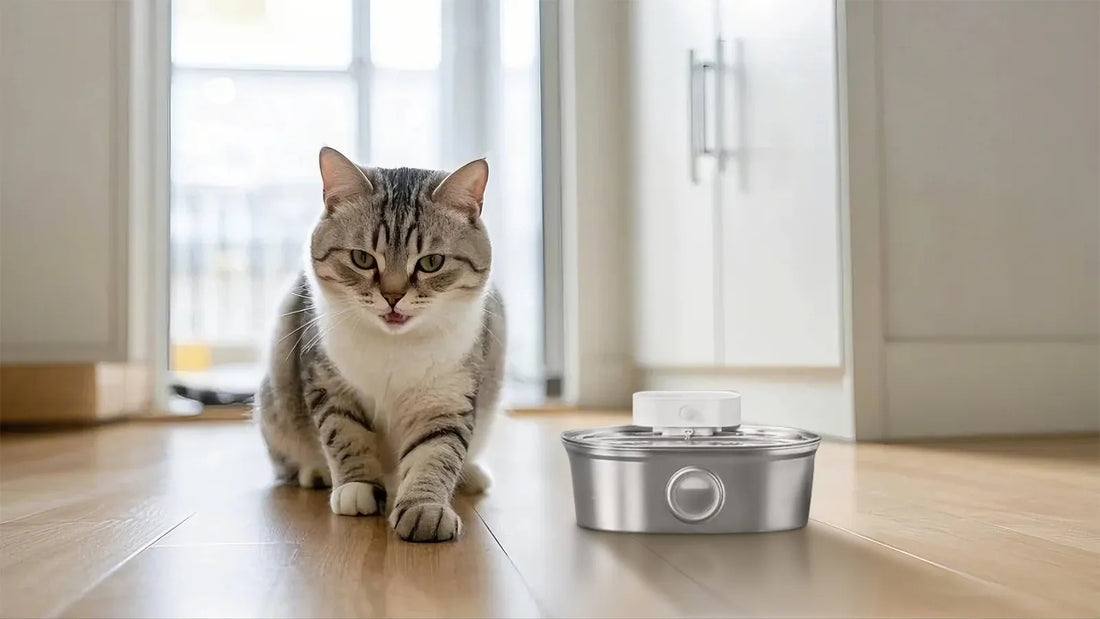If you've noticed that your dog won't drink water from his bowl, you're not alone. This common issue can be frustrating for pet owners and concerning for your furry friend's health. Understanding the reasons behind this behavior and finding effective solutions is crucial to keeping your dog hydrated and happy.
Why Is My Dog Avoiding His Water Bowl?
There are several reasons why your dog might be refusing to drink water from his bowl. Identifying the root cause is the first step toward resolving the issue.
1. The Bowl Itself
Sometimes, the problem lies with the bowl. Dogs can be picky about the material, size, or shape of their water bowl. For example, some dogs dislike metal bowls because they can create a metallic taste or noise. Plastic bowls, on the other hand, may retain odors or harbor bacteria if not cleaned properly.
2. Water Quality
Your dog might be avoiding his water bowl because the water doesn't taste or smell right. Tap water can contain chlorine or other chemicals that dogs find unappealing. Stagnant water or a dirty bowl can also deter your pet from drinking.
3. Location of the Bowl
Where you place the water bowl matters. If it's too close to your dog's food, he might associate it with eating and avoid it. Similarly, placing the bowl in a noisy or high-traffic area can make your dog feel uncomfortable.
4. Health Issues
If your dog suddenly stops drinking water, it could be a sign of an underlying health problem. Dental pain, throat issues, or dehydration can all affect your dog's willingness to drink. If you suspect a medical issue, consult your veterinarian immediately.
Practical Solutions to Encourage Your Dog to Drink
Once you've identified the potential cause, you can take steps to encourage your dog to drink water from his bowl.
1. Choose the Right Bowl
Experiment with different types of bowls to see what your dog prefers. Ceramic or stainless steel bowls are often good choices because they are easy to clean and don't retain odors. Ensure the bowl is the right size for your dog's breed and age.
2. Keep the Water Fresh and Clean
Change the water in your dog's bowl at least once a day, and clean the bowl regularly to prevent bacteria buildup. If your tap water has a strong odor or taste, consider using filtered water.
3. Adjust the Bowl's Location
Place the water bowl in a quiet, accessible area away from your dog's food. If you have multiple dogs, provide separate bowls to avoid competition or stress.
4. Add Flavor to the Water
If your dog is still hesitant, try adding a small amount of low-sodium broth or a splash of water from canned dog food to make the water more appealing. Be sure to monitor your dog's intake to avoid overhydration.
5. Monitor Your Dog's Health
If your dog continues to avoid drinking water, consult your veterinarian to rule out any health issues. Your vet may recommend specific hydration strategies or treatments based on your dog's needs.
Preventing Future Issues
To ensure your dog stays hydrated and avoids future problems, establish a consistent routine and monitor his behavior closely.
1. Create a Hydration Schedule
Encourage your dog to drink water at regular intervals throughout the day. Offer water after meals, playtime, or walks to reinforce the habit.
2. Use Multiple Water Sources
Provide water bowls in different areas of your home to make it easier for your dog to access water. You can also consider using a pet water fountain, which can be more appealing to some dogs.
3. Pay Attention to Weather Changes
During hot weather or increased physical activity, your dog may need more water than usual. Ensure he has access to fresh water at all times to prevent dehydration.
4. Reward Positive Behavior
Praise your dog when he drinks water from his bowl to reinforce the behavior. Positive reinforcement can help your dog associate drinking water with a pleasant experience.
If your dog won't drink water from his bowl, don't panic. By understanding the potential causes and implementing practical solutions, you can help your furry friend stay hydrated and healthy. Remember, every dog is unique, so it may take some trial and error to find the right approach. With patience and care, you can ensure your dog gets the hydration he needs to thrive.













